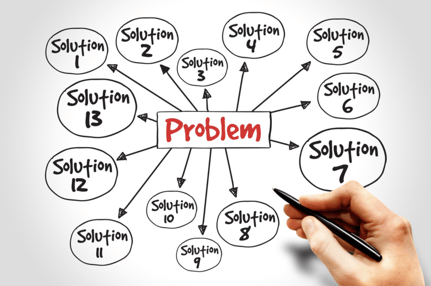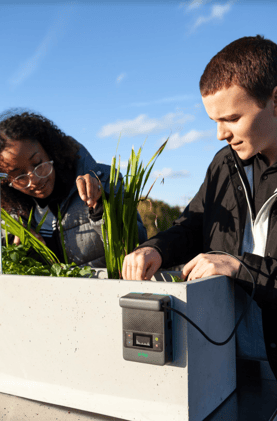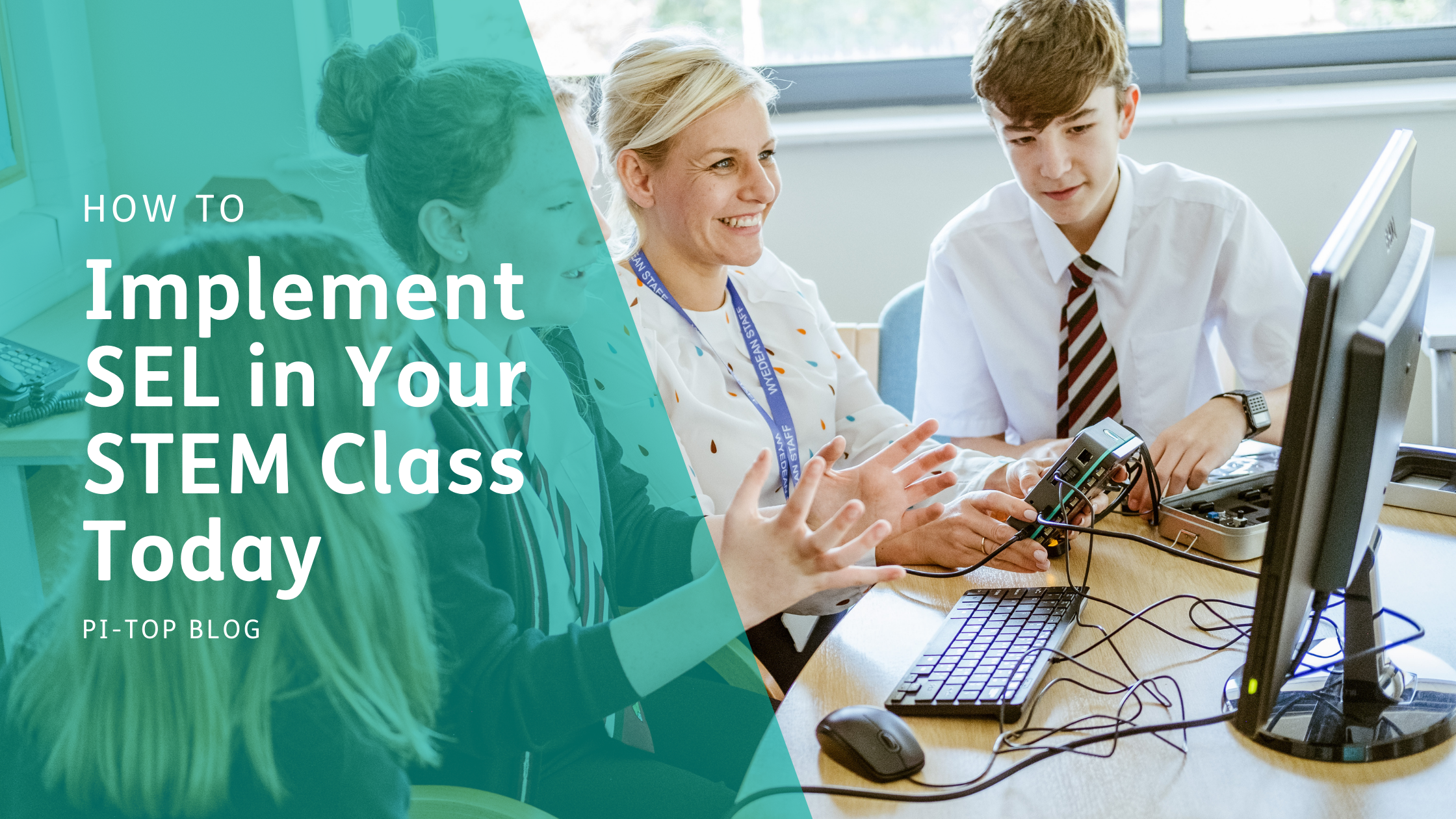STEM skills, especially computer science, are becoming increasingly sought after in the workforce as the tech industry continues to boom. With new inventions come new fantastic job opportunities for the next generation of young people. However, it is not academic intelligence alone that qualifies a great employee.
While valuable STEM skills are high on the list of many employers' requirements, so too are social-emotional learning (SEL) values. But what is SEL? And how does it integrate into STEM education today?
What is SEL?
Social and emotional learning (SEL) has become the latest trend in the teaching world, and for good reason. SEL is defined as "the process through which children and adults acquire and effectively apply the knowledge, attitudes, and skills necessary to understand and manage emotions, set and achieve positive goals, feel and show empathy for others, establish and maintain positive relationships, and make responsible decisions.” (Committee for Children)
Social-emotional learning is evolving into a fundamental facet of a holistic approach to education as it arms young people with the non-academic skills essential to a successful future.
And the ROI of such an approach goes beyond monetary values. Research has shown that where SEL plays a major role in the syllabus “students were 42 percent less likely to say they were involved in physical aggression.”
Not only are students learning to handle conflict in a healthier manner but, with SEL implemented, school dropout rates decreased by 5-12%, and academic achievement increased by 13%.
In other words, SEL shapes people into wonderful human beings and instills in them the essential skills for healthy personal and professional relationships.

So, why combine it with STEM learning?
Today’s kids have scarcely known a life without technology. From infancy, most are competent in the use of electronic devices, which will inevitably be valuable later in life as technology continues to develop and integrate with our everyday lives.
However, where children are advancing in their technological knowledge, many are falling behind in their social and emotional development.
By marrying electronic education with social and emotional learning, students can bridge the gap between STEM and SEL skills. Through this combination, students can still be fully immersed in the tech world while maintaining their social and emotional wellbeing.
How to integrate SEL into STEM classes:
Below are some key cognitive and behavioral competencies recognized in SEL and ways you can implement them into your STEM class.
1. Problem Solving
Problem-solving is woven into the fabric of STEM work, but it is the decision-making process that determines the success of such a project.
Once students have created a prototype project, ask teams to present them to the class and ask for feedback. Encourage constructive criticism and exemplify appreciation for it.
By creating an environment where these healthy conversations can take place, you teach your students that feedback can be a great opportunity for growth. They will learn that their peer’s advice is their classmates wanting them to succeed, not put them down.
Fostering this positive attitude towards problem-solving early on will set students up with healthy social and emotional skills for life.

2. Emotional Regulation
Learning emotional regulation when experiencing anxiety, anger, or sadness can promote healthier relationships in childrens' personal and professional lives. If a student is experiencing these difficult feelings, encourage them to try the 4-7-8 breathing technique. This method calms the nervous system and focuses the mind on breathing rather than the immediate anxiety.
It can also be beneficial to validate how students feel in these low times by asking reflective questions. Has their project idea failed somehow? Are they experiencing a disagreement with a team member? How does that make them feel? Try to help them to understand that their feelings are normal and not unusual.
STEM projects are filled with moments of highs and lows. While it's important to celebrate the highs, knowing how to use the lows as key learning opportunities can help students learn how to regulate their emotions, persevere, and make responsible decisions.

3. Conflict Resolution
STEM work is team-orientated in its nature. But where there are lots of cooks in the kitchen, conflicts are bound to arise. Learning to overcome these issues early sets students up to be fantastic teammates later in life. Guiding students through conflict and giving them the tools to empathize and compromise with their classmates is key.
Ask your students to consider how each party in the conflict feels at that time, and what they think they could do to feel better. Identifying and reflecting on their feelings can help students determine their emotional triggers, understand how to handle them in a healthy way, and develop empathy for others.

4. Social-Awareness
SEL encourages students to think outside of their own experiences and concerns. It couples nicely with STEM projects which also require putting oneself in another’s shoes to tackle real-world issues.
Ask your students to create a project that solves a problem affecting other people in the community. Perhaps they look into the impact of climate change on their town and how they could enact real change in the community. Or, perhaps they design a tool for creating clean water. Allow them to develop a genuine awareness of social issues through their willingness to implement change in their STEM projects.

5. Collaboration
STEM project-based learning, and STEM roles in the workforce, often require people to work in teams. So learning how to thrive within a team-based setting early on sets children up for later success in the workplace.
You can foster this healthy attitude towards collaboration by listing the expected job roles for each project. Then, allow the teams to discuss and decide amongst themselves who will do which job. They can then present their team to the class and discuss why each student's strengths make them right for the job.
This confidence-instilling technique not only sets the expectation for what each student will do (avoiding crossing wires later on) but also builds on even the quietest students’ confidence, knowing they were chosen for a reason.
Understanding our strengths and weaknesses allows us to work better within a team as we know where we can apply ourselves best, and where we may need our colleagues' help.
6. Self-Awareness
Effective teamwork requires us to empathize with others and compromise when necessary. Perhaps two people are right for a job? Allow the teams to discuss switching roles halfway through their project if they choose. Then, organize handovers to discuss what has been challenging about the role and what they enjoyed.
At the end of the project, debrief by asking the teams to share each other's highlights and praise students for sharing responsibilities and working well as a team. Illuminating what each team member contributed reiterates the importance of collaboration.
Final Thoughts
When implemented properly, SEL can equip students with the skills needed to be great teammates for the workplace in the long term. And, in the short-term, make them happier people, ultimately helping them achieve improved academic results.
